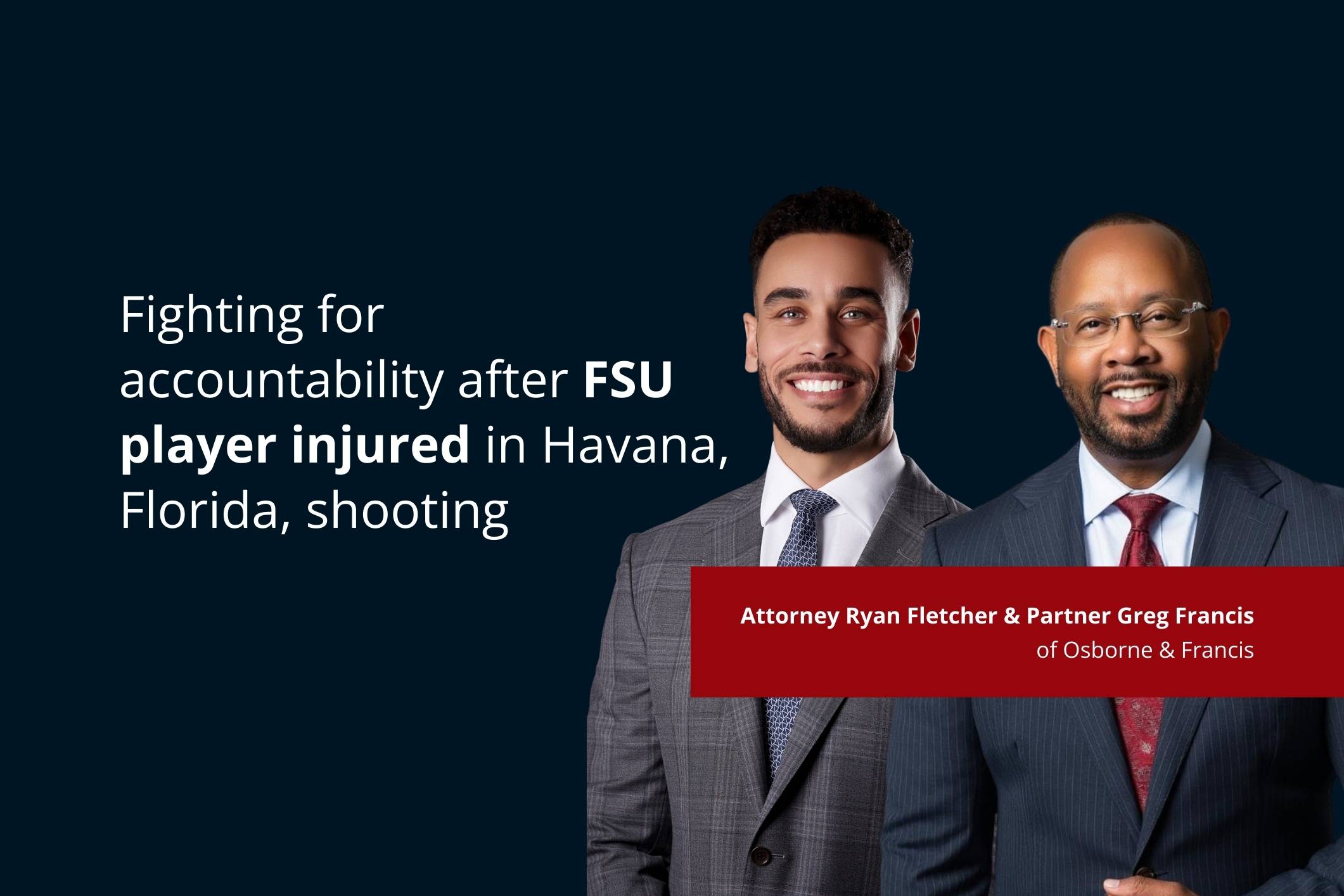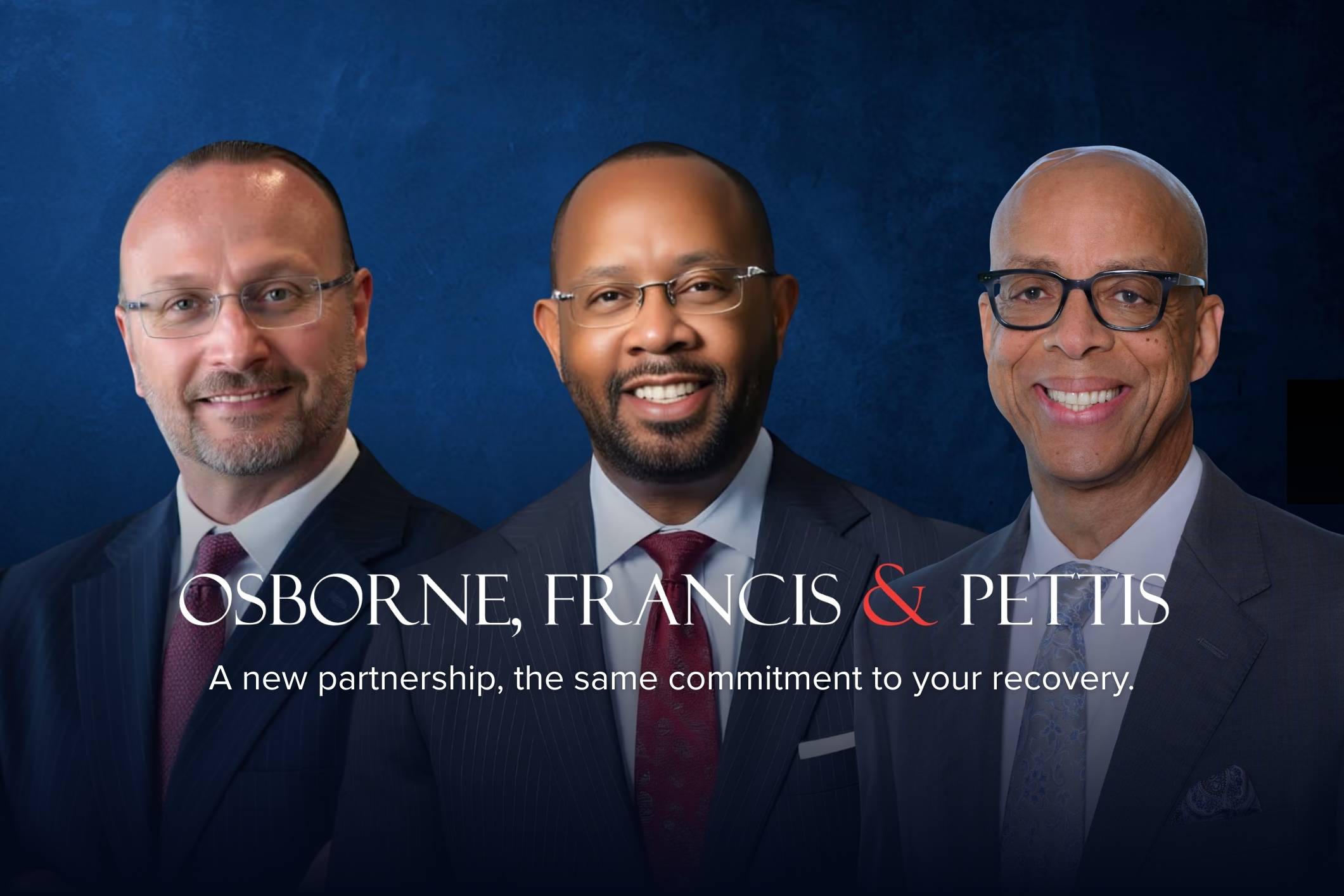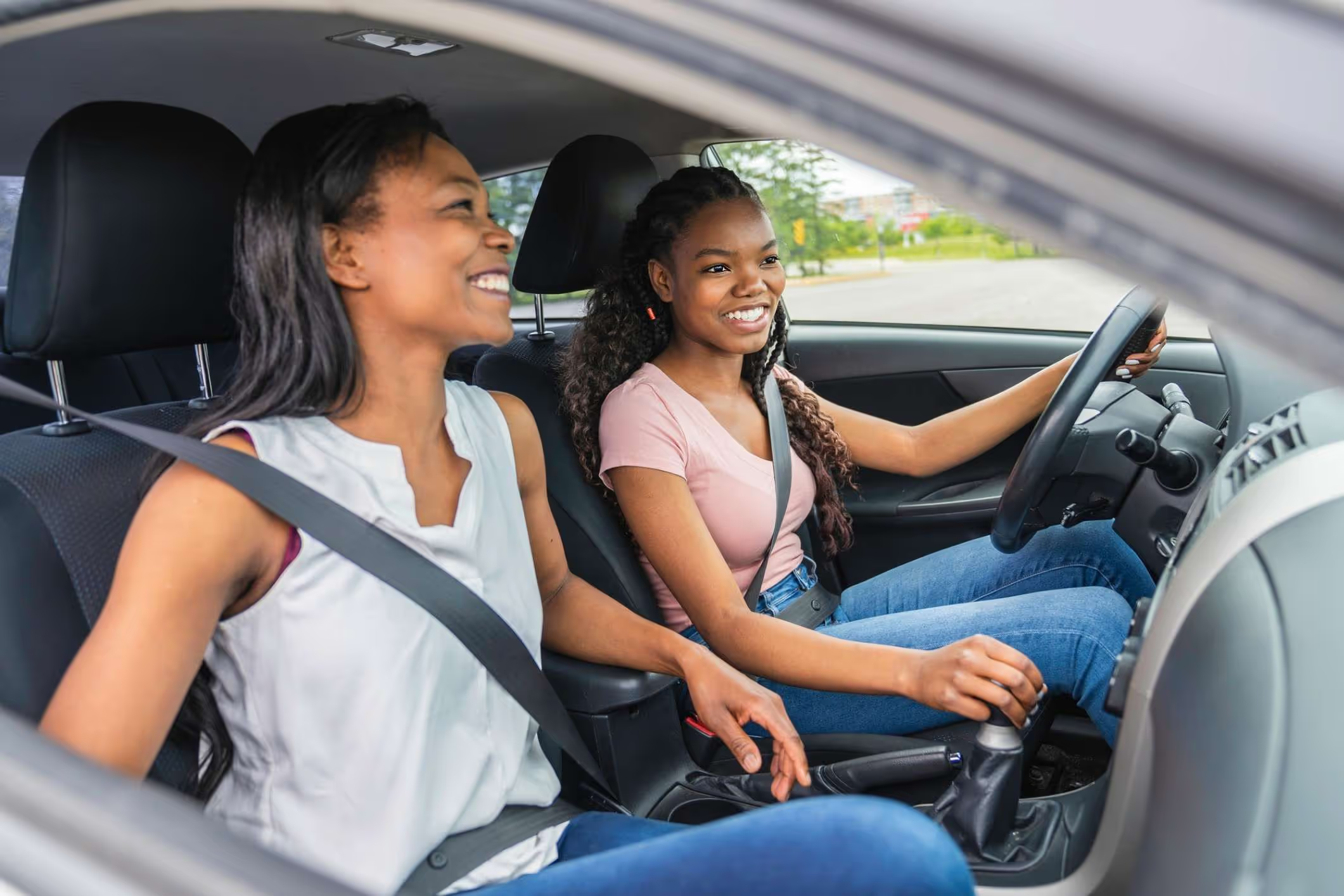Cycling has become increasingly popular as a means of transportation and exercise. With this rise in cycling, there is growing concern for the safety of cyclists on the road. A critical aspect of this concern is infrastructure's role in cyclist safety.
There were 7,236 accidents involving bicycles in Florida in 2021, leading to 214 fatalities and 6,755 injuries. It’s not a stretch to imagine infrastructure issues played a role in many of these collisions. While many Florida cities are taking steps to improve dangerous situations, there is still much work to do.
The attorneys with Osborne & Francis can help if you’ve suffered a severe injury in a bicycle accident due to negligence by another person or entity. You can call 561-293-2600 or contact us online for a free consultation.
The Current State of Cycling Infrastructure in Florida
Florida, known for its sunny climate and scenic landscapes, has witnessed a surge in cycling for transportation and recreation.
However, the state of cycling infrastructure is far from uniform. It varies dramatically from city to city, making the experience of cyclists vastly different depending on where they ride.
The Good
In many Florida cities, cycling infrastructure is advanced and well-maintained. These cities have taken proactive measures to accommodate cyclists, recognizing the benefits of promoting a healthy and eco-friendly mode of transportation. The following are a few examples.
Boca Raton
The city of Boca Raton has more than 80 miles of bike areas. These include paths explicitly made for riders and pedestrians, specific bike lanes on streets, and bike trails throughout the area. The city also constructed a special underpass on the El-Rio Trail, allowing walkers and cyclists to navigate I-95 north and south safely.
West Palm Beach
West Palm Beach has more than 100 miles of paths for riders. Many of these are bike lanes separated from motor vehicles by barriers. The city also has several lanes reserved solely for cyclists. These run parallel to some of the city’s most heavily traveled roads, yet they aren’t a part of them. Engineers designed them so cars and trucks can’t access them.
Fort Lauderdale
Fort Lauderdale also has ample (more than 90 miles) bikeways. These include trails and bike-only lanes. City leaders also encourage bike riding. They’ve provided preferred parking to riders at event venues throughout Fort Lauderdale and have also placed bike racks throughout the city.
The Not-So-Good
Conversely, cycling infrastructure in other Florida cities remains underdeveloped or nonexistent. In these areas, cyclists face significant challenges. The lack of designated cycling lanes and paths forces cyclists to share the road with motor vehicles, increasing the risks associated with cycling. This deficiency in infrastructure not only compromises safety but also acts as a deterrent for potential cyclists, limiting the accessibility and attractiveness of cycling as a mode of transportation.
The Tampa Bay area, for example, is one of the most dangerous metropolitan areas in the US for riders. There were 45 bicyclist fatalities in the region in 2019 – more than 25% of all bicycle accident deaths in the state. Cape Coral is even more dangerous, with a death rate of 1.3 riders per 100,000 population.
Direct Impact of Infrastructure on Cyclist Safety
The presence and quality of cycling infrastructure directly and profoundly impact cyclist safety. Dedicated bike lanes, in particular, play a pivotal role in reducing accidents. These lanes provide a clearly defined and separate space for cyclists, physically distancing them from motor vehicles. This segregation significantly decreases the chances of collisions, making cycling a safer mode of transportation.
The condition of the road surface is also critical. Potholes, cracks, debris, and uneven surfaces pose severe hazards to cyclists. A well-maintained road surface minimizes the likelihood of accidents caused by these factors. Proper signage and visibility enhance safety by guiding cyclists and motorists, reducing confusion and promoting orderly traffic flow.
The Benefits of Separate Cycling Paths
Separate cycling paths offer many advantages when thoughtfully designed and adequately maintained. By providing a dedicated space for cyclists, these paths eliminate the need for cyclists and motorists to jockey for road space, resulting in safer conditions for everyone involved.
Engineers typically design intersections and crossings on separate cycling paths with cyclist safety as a top priority. Specialized signaling systems and well-marked crossings enhance visibility and minimize the risk of accidents at these critical points.
The physical separation from motor traffic also creates an enhanced feeling of security among cyclists, fostering confidence and encouraging more people to choose cycling as a viable mode of transportation.
Shared Roads and The "Door Zone" Hazard
One of the hazards cyclists face on shared roads is the "door zone." This term refers to the area immediately adjacent to parked cars, where car doors can open suddenly and without warning. Cyclists navigating this zone are at risk of collisions with car doors, which can result in serious injuries.
Proper infrastructure planning can mitigate the "door zone" hazard. This can be achieved by creating a buffer zone between parked cars and cycling lanes, ensuring that cyclists are safe from car doors.
Also, encouraging safe door-opening practices among motorists, such as the “Dutch Reach” method, can reduce the chances of "dooring" incidents. This means using the opposite hand to open a car door rather than the one closest to the handle. This motion makes it more likely that the person opening the door will look behind them, increasing the chances they’ll see a cyclist coming.
Infrastructure Beyond Roads
Cyclist safety extends beyond the boundaries of roads themselves. It encompasses a range of factors and considerations:
- Cyclist-friendly traffic signals and signs: Traffic signals and signs should be designed with the needs of cyclists in mind. This includes accommodating the speed and size of bicycles and providing clear indications of where cyclists should proceed.
- Bike storage and parking: Adequate bike storage and parking areas are essential to support cycling as a practical mode of transportation. Secure and convenient locations for cyclists to lock their bikes encourage more people to choose cycling for their daily commute.
- Lighting: Proper lighting on cycling paths and roads is crucial, especially during nighttime rides. Well-illuminated areas enhance visibility for cyclists and motorists, reducing the likelihood of accidents.
Examples from Around the World
Several cities and countries in the US and worldwide serve as shining examples of effective cycling infrastructure. They have made significant investments in developing and maintaining cycling lanes, paths, and other amenities.
Axios analyzed the “bike-friendliness” of several major US cities. They rated them on a scale of 0-100, including factors such as speed limits, the prevalence of separate bicycle lanes, safe crossings, etc. If a city scored 50 or more, it was considered “great” for bikers. The top five cities are as follows:
1. Minneapolis (68)
2. San Francisco (63)
3. Seattle (62)
4. Philadelphia (57)
5. Portland, Ore. (56)
Another study looked at some of the best places for riders around the world. Here’s a brief look at the top three.
- Bogota, Columbia – City leaders dedicated 52 new miles of bike lanes, bringing the total to 392 miles. Their goal is to encourage residents to take 50% of their trips by bicycle rather than car.
- Montreal – This Canadian city also has an astounding 1,864 miles of bike paths and lanes. Montreal boasts one of the best bicycle infrastructures in the world, safely connecting riders to major roads, paths, city parks and more.
- Barcelona – Architects created the Superblock, an area of nine city blocks designed to encourage bike riding and walking rather than driving. While motorists must drive around the perimeter, riders and pedestrians can move freely. City leaders plan to establish 21 more superblocks by the year 2030.
Economic Implications
According to Advocacy Advance, an organization devoted to helping cities and states improve bicyclist safety, improving infrastructure can help areas reap significant financial benefits. Here are a few of the ways US cities are doing precisely that.
- The Outer Banks region of North Carolina generates an estimated $60 million through bicycle tourism. Boulder, CO, has seen an impact of $52 million.
- More than 60% of merchants in the Valencia Street district in San Francisco say increased parking for bikes, as well as new bike lanes, have significantly improved their businesses.
- In Indianapolis, homes near the Monon Trail bike path sell for 11% more than similar homes located farther away.
Reducing cyclist accidents through enhanced infrastructure can also lead to significant cost savings. Fewer accidents mean reduced healthcare costs, less traffic congestion, and increased worker productivity. The long-term financial benefits of investing in infrastructure outweigh the initial costs, making cities stronger and more sustainable financially.
The Role of Cyclists and Motorists
Cyclist safety isn’t solely reliant on infrastructure; it’s a shared responsibility. Both cyclists and motorists play vital roles in ensuring safe road interactions. Mutual respect and understanding are key. Cyclists must adhere to traffic rules, use proper signaling, and stay vigilant to protect themselves and others.
Similarly, motorists must be aware of cyclists, maintain safe following distances, and exercise caution when sharing the road. Regardless of the infrastructure quality, all road users' safety depends on riders and drivers looking out for each other.
The Future of Cycling Infrastructure
The future of cycling infrastructure holds promise and potential. Innovations and improvements are on the horizon, driven by a growing recognition of the benefits of cycling for both individual health and the environment. Encouraging local governments and communities to prioritize cyclist safety through infrastructure investments is crucial.
Contact Osborne and Francis if You’re Injured in a Bicycle Accident in Florida
If you're injured in a bicycle accident in Florida, don't hesitate to contact Osborne and Francis for legal assistance and guidance in seeking compensation. Your safety matters, and our experts can help protect your rights. You can use our online form to schedule a free consultation or call 561-293-2600.
.avif)













.avif)

.avif)
.svg)




